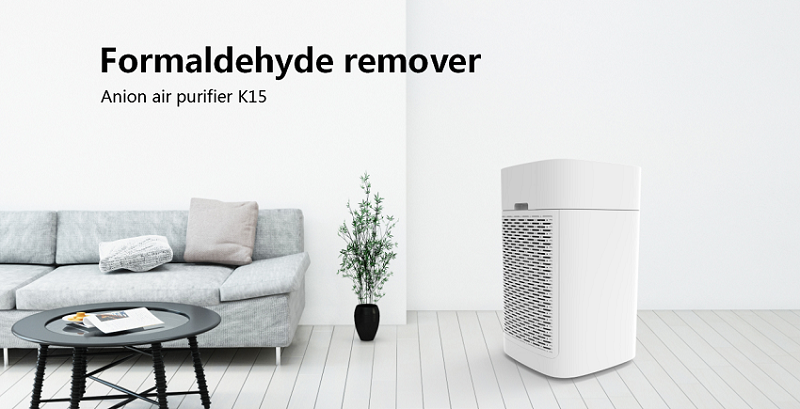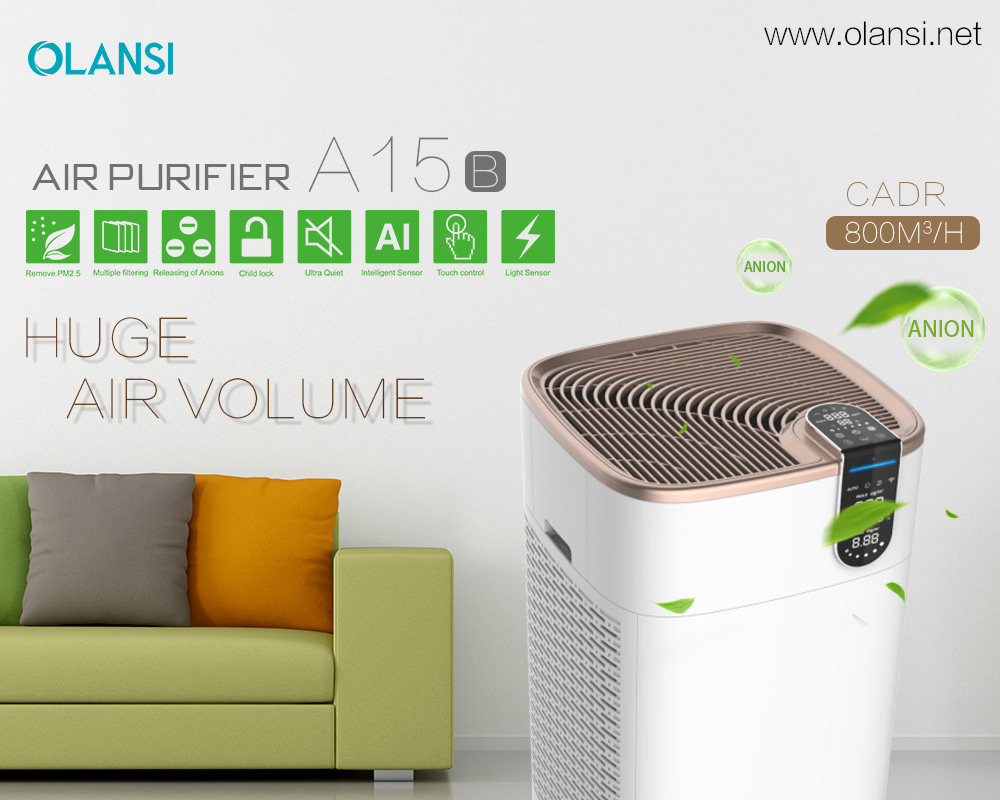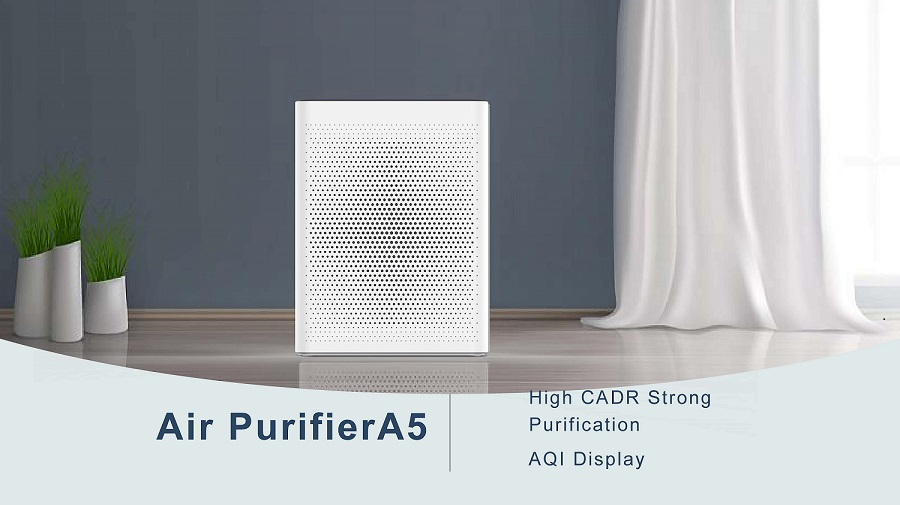In view of the epidemic and air pollution, everyone’s awareness of air purifiers is getting higher and higher, but perhaps everyone knows little about the “secondary pollution” problem, and some people have not even heard of it. The main phenomenon of “secondary pollution” in air purifiers is: the air purifier has been used for a long time without being cleaned up in time, including replacing the filter element or doing a good job of cleaning, resulting in a decrease in the purification efficiency of the air purifier or even the original air The bacteria and viruses attached to the filter of the purifier evaporate twice, causing the original clean air to be contaminated. If people spend a lot of time in the air that has been “secondarily polluted”, they may suffer from nasal congestion and allergies, and in severe cases they may be infected with diseases. So when you use an air purifier, you must strictly prevent the phenomenon of “secondary pollution”, so how to prevent this from happening? Let me give you a brief introduction.

1. Let me talk about the formation principle of “second pollution” first
Because the performance of the air purifier is constantly improving, its filter system is more likely to allow pollutants to accumulate in the filter, and the long-term accumulation of pollutants around the filter will provide a breeding environment for microorganisms such as bacteria and viruses that are inhaled at the same time. If the air purifier does not have a better sealing performance, when the contaminants on the filter are saturated, it will easily be emitted from the air outlet, and then may be directly discharged to the person through the fan. This whole process is the so-called “secondary pollution.”
Many people say that it is not difficult to solve the “secondary pollution”, just clean or replace the filter, but you can be very responsible to tell you that even if you clean or replace the filter frequently, the “secondary pollution” cannot be completely avoided. Because the inside of the air purifier is isolated by a filter, a strong wind pressure will be formed inside, which will form a pressure, and the bacteria and viruses inhaled by the air purifier may escape from the unsealed part of the air purifier. And the gap between the filter and the fuselage is discharged into the indoor air again.
2. What is the phenomenon of being “secondarily polluted”
In fact, when the air is “secondarily polluted”, it is easy to feel. For example, when the air purifier is used for a long time, the wind blown out will have a more obvious air particle feeling, and it will also have a strange smell. This is the “secondary pollution”, which not only contains dust and bacteria, but may also contain chemical and optical pollutants, such as ozone and organic particles. If people breathe in “secondarily polluted” air for a long time, it is more likely to cause physical discomfort such as rhinitis and allergies. So we buy the dubbing of the air purifier to purify the air, but in the end it may be counterproductive because of the “secondary pollution”.
3. How to solve the “second pollution” problem?
In fact, as mentioned above, the root cause of “secondary pollution” in an air purifier is still related to the filter screen, structure and air duct of the air purifier itself, as well as the airtightness. The position of the activated carbon filter of the air purifier should also be considered. If the filter position is in front, the activated carbon will adsorb air particles and gaseous pollutants at the same time. As the adsorbed particles increase, the activated carbon will be blocked, which will reduce the filtering effect. So this reminds us that only by optimizing the product structure, increasing the airtightness of the whole machine, improving the filter level and improving the filter order can the air purifier manufacturers really improve the quality of air purification. This also tells us consumers that if you want to eliminate “secondary pollution”, you must consider the performance of air purifiers and the ability to purify pollutants, which are really crucial.
4. The industry’s exploration of “secondary pollution”
As more and more air purifier manufacturers join, the manufacturing level of the entire air purifier industry is constantly improving, which also promotes the continuous updating of air purifiers. For example, new air purification technologies such as complete machine sealing technology, catalyst oxidation filters, solid-state sensors, etc. continue to emerge, which greatly enhances the confidence of air purifier practitioners and enhances the consumer experience.
The above is the interpretation of the relevant content about the “second pollution” of the air purifier that I shared with you this time. I hope it will be helpful for everyone to understand the air purifier.



